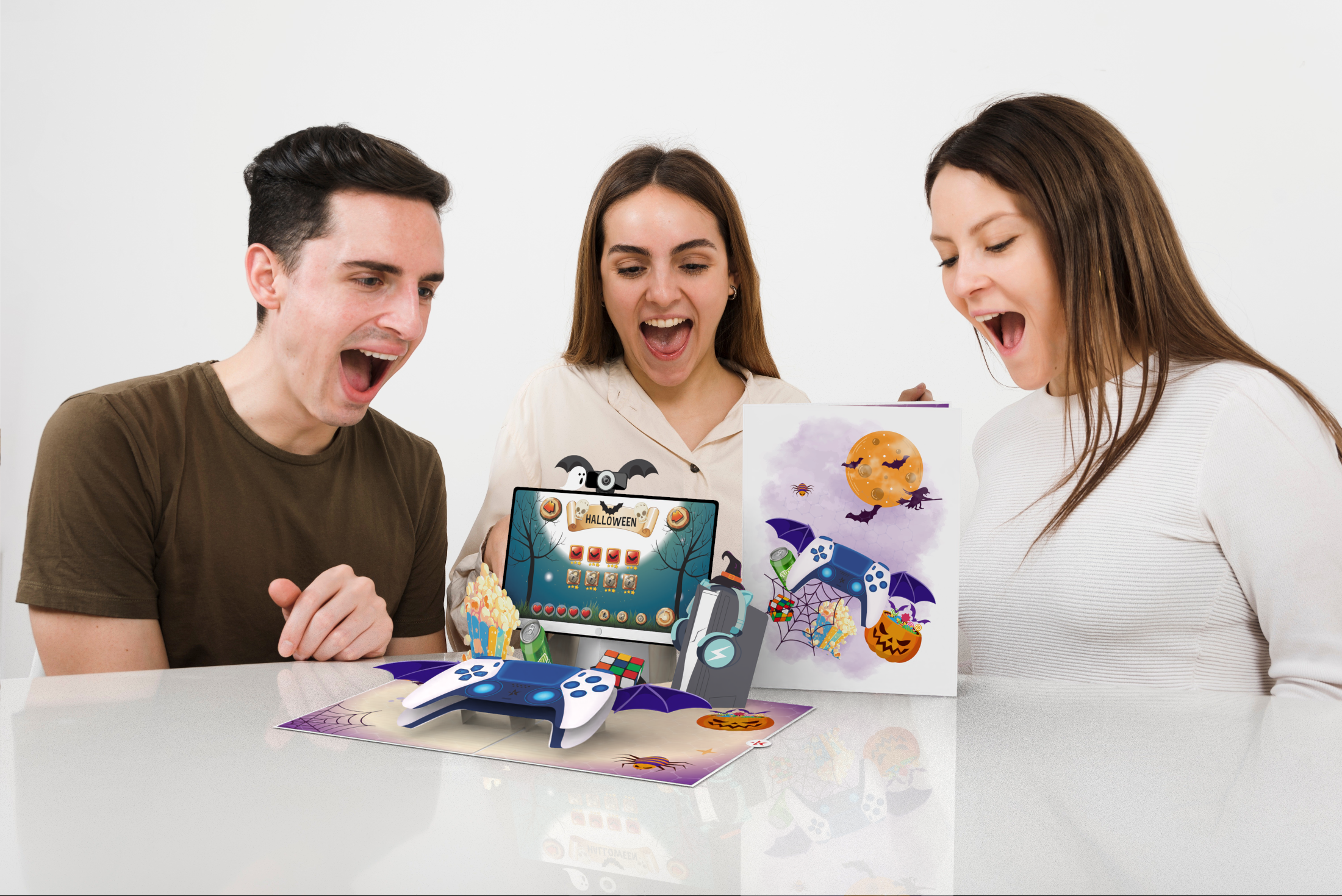3D Design Process
From Idea to Perfect Product
- Sketching
Sketching is the first step in the 3D card design process and forms the foundation of the entire product. At this stage, designers start with preliminary ideas, often as hand-drawn sketches on paper or digital drawing boards. The sketching process includes visualizing the overall layout, card dimensions, and decorative elements. The main goal is to create a preliminary blueprint that outlines key design elements and direction for the product.

- Product Design
Once the sketch is clear, the next step is detailed product design. At this stage, designers translate ideas from the sketch into digital 3D models using specialized design software. Elements such as colors, materials, and textures are adjusted and refined to achieve perfection. This stage also includes creating simulations to test the card's movement features and structure in a virtual environment. This helps identify and address any issues before moving on to actual production.

- Laser Cutting, Structure and Movement Testing
When the design is ready, the laser cutting process begins. Laser technology is used to create precise details from materials such as paper, cardstock, or other selected materials. Laser cutting ensures high accuracy, allowing for intricate details to be executed with absolute precision. After cutting, the card components are assembled and tested to check the structure and movement. This testing includes evaluating features like pop-up mechanisms and moving parts to ensure they function smoothly and as intended.
- Handmade Assembly
Once the card parts are precisely cut, the next step is handmade assembly. This stage involves combining the card components according to the design and instructions. The process typically includes folding, gluing, and ensuring that the moving parts function correctly. Each card is meticulously assembled to ensure that the 3D elements work perfectly and that the card opens smoothly without any issues.

- Finalizing the Product
Finally, after the assembly is complete, the product finalization stage ensures that the card meets the highest quality standards. This stage involves a thorough inspection of the card to detect and address any remaining issues. The card is then carefully packaged to protect it during transit. The finalization process may also include adding accessories such as packaging, accompanying cards, or instructions to enhance the product's value. Ultimately, the product is prepared for delivery to the customer with the utmost care and quality.

Thank you for taking the time to learn about the 3D card design process. We hope this information helps you understand each step in the process and appreciate the artistry and craftsmanship behind every 3D card. If you have any questions or need further information, please feel free to reach out to us. Wishing you a wonderful and inspiring day!
Chia sẻ:





